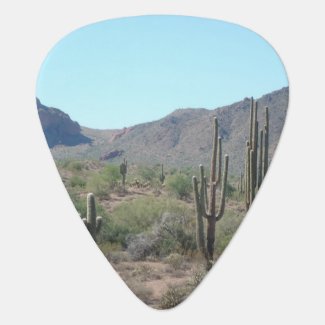I have very recently learned that countries outside the United States also observe Daylight Savings time though they might call it summer time or some other variation or combination of the two. I have to say that I was surprised and asked for clarification as I thought I heard wrong. I grew up on the east coast of the United States and never figured out exactly why we needed to change the clocks though I had always done it and didn't give it much thought. In the fall we turned clocks back to presumably get some daylight in the earlier morning hours but that also meant that it was dark around 5:00 pm for a few weeks. Spring called for turning the clock ahead, giving up an hour of sleep, and suddenly making it darker in the morning. I don't know why I never thought about other countries adjusting their clocks. I guess I just assumed that it was some strange tradition in the U.S. dating back to our more agricultural days. It was the way things were until I moved to Arizona over 16 years ago.
Arizona does not observe Daylight Savings time. That is right. Arizona doesn't adjust clocks and has not for over 45 years. We spend part of the year on Pacific time and part of the year on Mountain time. The only exception that I know of is the Navajo Nation Reservation in Arizona which does observe Daylight Savings time. Arizona is unusual but not alone as Hawaii also does not change its clocks twice a year. As I travel, I tend to pass through more time zones than I might on the east coast but given the fact that my phone changes automatically, it is a small price to pay to not bother with one hour time changes twice a year.
This brings up the question of why. I can only speak for Arizona and I can tell you without a doubt that we do not need any more hours of daylight in our day. Don't get me wrong. I love the sun and heat. My family jokes that I run on solar power but even I have my limits. Late spring, summer, and early fall see temperatures around 100 degrees with summers hitting 120 degrees at times. We do not need to spring ahead to gain more hours of heat at the end of the day when we are trying to sleep or spend some time outside. With sunrise around 5:00 am during these times, we get a few cooler hours until school, work, and other obligations begin. Changing clocks might mean savings some electricity in the cooler parts of our country but would cause us to run the air conditioning more to survive the hottest parts of the day.
I spent my childhood and early adult years not giving Daylight Savings time much thought and just did it out of habit. Now, I don't give it much thought until I start seeing information on Twitter or my personal Facebook page. In those moments, I smile and am reminded about yet another reason why I love Arizona.




Comments